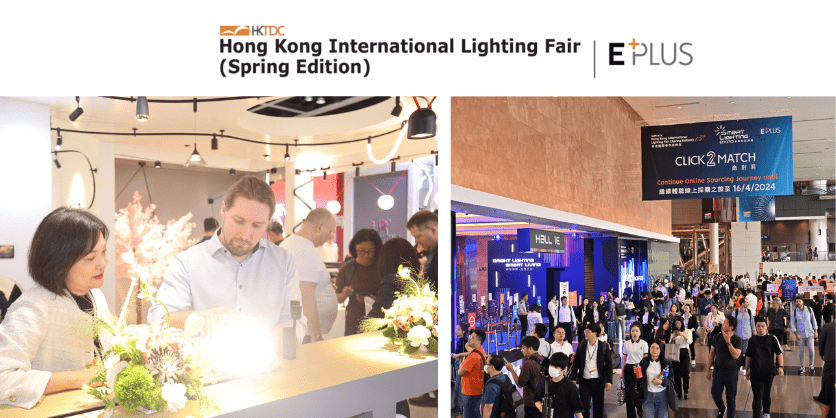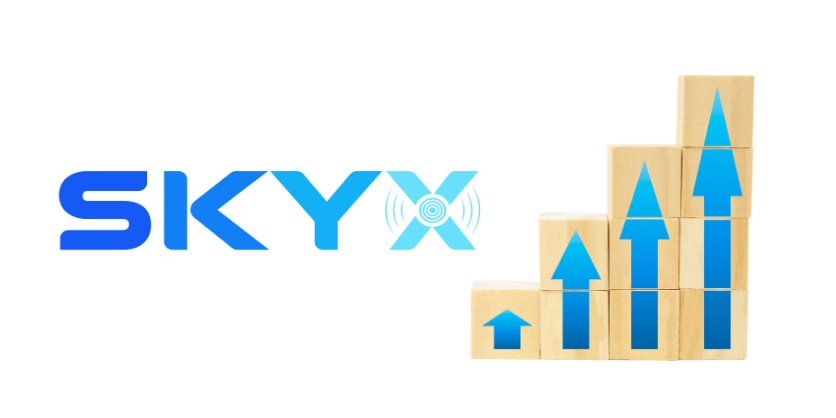LEDucation Trends to Watch
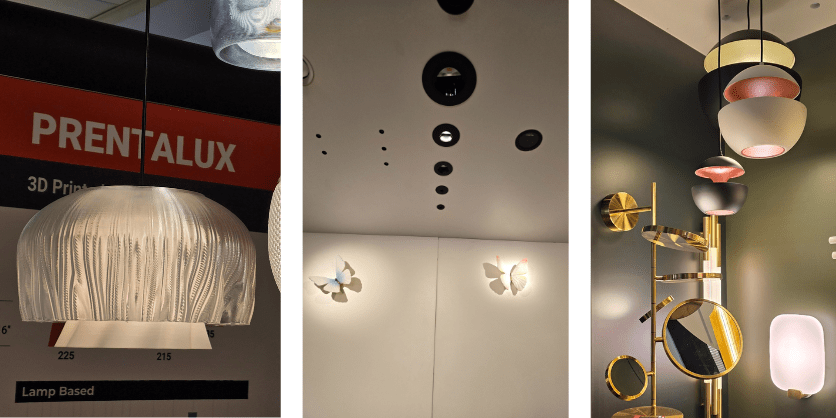
Walking the aisles of LEDucation last month in New York City was different from past years — and not just because the increase in exhibitors necessitated adding yet another exhibit hall.
Interestingly, there was a larger showing from smaller, boutique lighting manufacturers, including more European companies. While Italian manufacturers have always had a presence at LEDucation, this year they were noticeably abundant as well as several companies from France. In addition to the architectural style of lighting normally on display from European companies, there were more decorative, high-end fixtures of the caliber that you’d find at the International Contemporary Furniture Fair (ICFF) – which coincidentally is also held in New York City each spring – and which could easily cross over into high-end residential and hospitality projects.
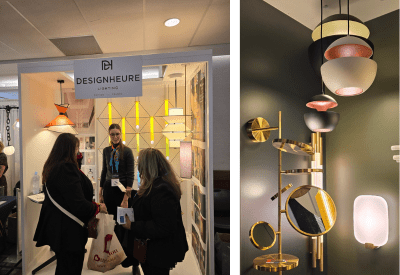
The “trends” that were pervasive at LEDucation 2024 are not “new” as much as validation that certain characteristics in lighting that have been emerging over several years are gaining momentum.
Small & Powerful
The apertures of recessed lights have been shrinking over the past several years as specifiers and clients prefer the aesthetic of “quiet ceilings.” Manufacturers debuted one-inch apertures last year and LEDucation saw the debut of ¾-inch and ½-inch apertures from WAC as well as companies such as CSL (part of Hudson Valley Lighting Group) in California and B Light of Italy. Most remarkably, all of these new smaller recessed products continue to improve on light output and beamspread, making them a more versatile design choice beyond a narrow spot.
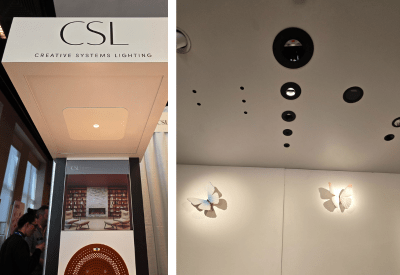
Acoustic Lighting Broadens
Lighting with sound-deadening qualities started appearing on the market when corporate offices began adopting open floor plans over the age-old cubicle layout nearly 10 years ago. There wasn’t a lot of variety in acoustic lighting for a while, but that is changing.
Belgian company Buzzispace displayed a new pendant that was more like plush upholstery than the typical felt-covered flat surfaces that comprise the category. It also has broadened its sound-absorbing assortment to include rugs, ottomans, and planters to further reduce noise in open environments.
Italian lighting manufacturer Fabbian has exhibited at LEDucation for many years, but the new item that received the most attention was the Acustica FR58 pendant, which boasts a very slim profile inspired by a drum cymbal. Also available in a wall sconce version, the Acustica F58 is offered in 5 standard and 50+ custom colors.
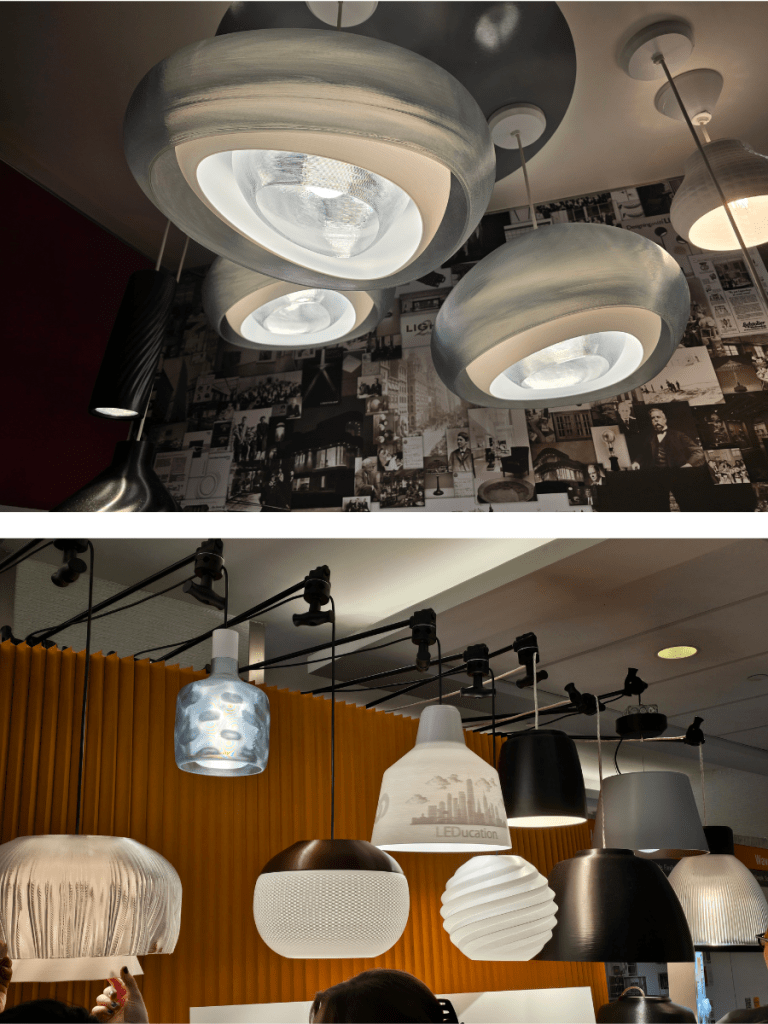
3D Printing Highlights Sustainability
Yes, 3D printing has been featured at LEDucation before, most notably at booths from Lightolier by Signify and PrentaLux by Cooper Lighting Solutions, but this year the pendants on display attracted more attention. Why? Part of the increased interest seemed to be the prominent messaging promoting sustainability and the idea that 3D printed products use less carbon emissions than typical manufacturing methods and are lighter to ship, thereby reducing a company’s carbon footprint in transportation. Customization and on-demand printing remained key selling points in 3D printed lighting’s appeal.
There were several companies at LEDucation that featured the Declare label prominently in their booths. Created by the International Living Future Institute, Declare is described as “a platform to share and find healthy building products.” Manufacturers voluntarily disclose product information on the Declare labels, which are accessible on a free database used by designers, property owners, and homeowners. Both Lightolier and PrentaLux touted the Declare label for their products.
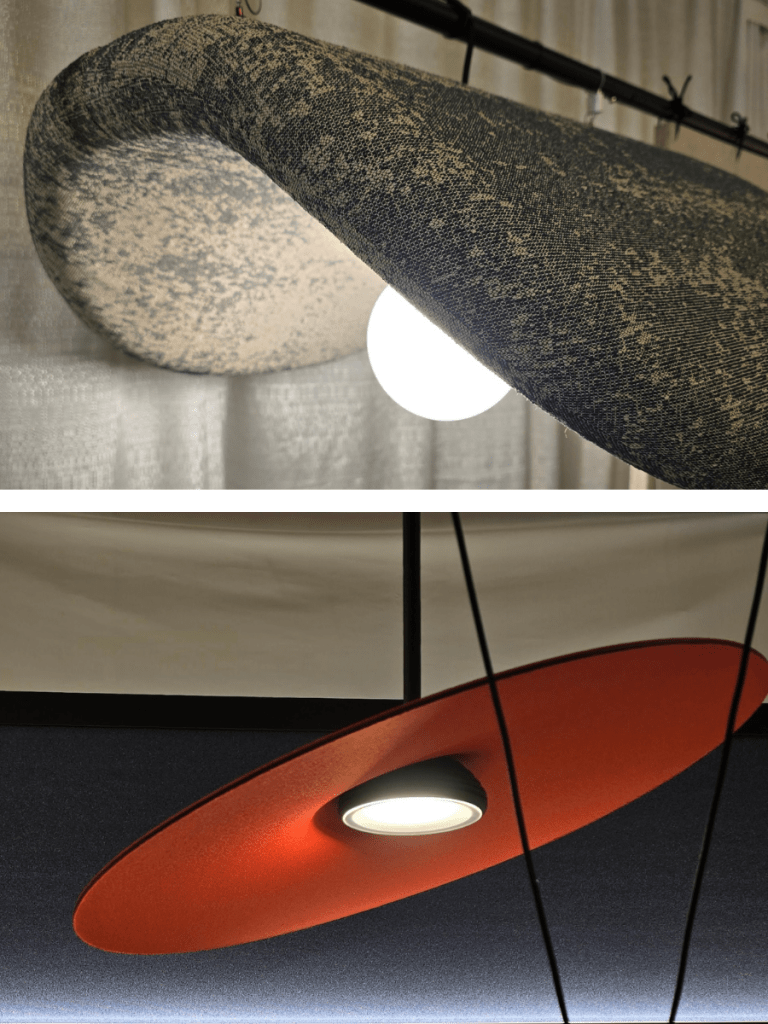
The use of 3D printing was also key for companies to offer custom designs on their products. Italian manufacturer Folio (which exhibited under its North American entity Folio USA) displayed its range of luminous panels that not only can illuminate thin slices of marble and other stones, but also 3D printed versions that simulate those natural materials as a cost-saving alternative.
Italian manufacturer Backlight – part of Lighting Group Network – received considerable interest in its Magic Cloud line of customizable, made-to-measure and made-to-order illuminated panels that provide uniform light emission, even in irregular shapes. The ability to offer 3D printed designs on the panels was a plus.
Next Year, More Exhibitors
At the close of LEDucation, there was already a waiting list of 70+ companies wishing to participate next year. Regarding LEDucation 2025, you can count on many more exhibitors to see – including sources most likely not on your current radar – along with the same sizable crowds. LEDucation can be a difficult show to navigate, but exhibitors and attendees feel it’s well worth the effort.
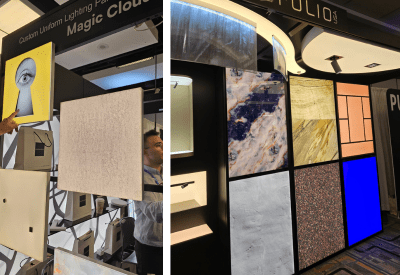
Related articles





